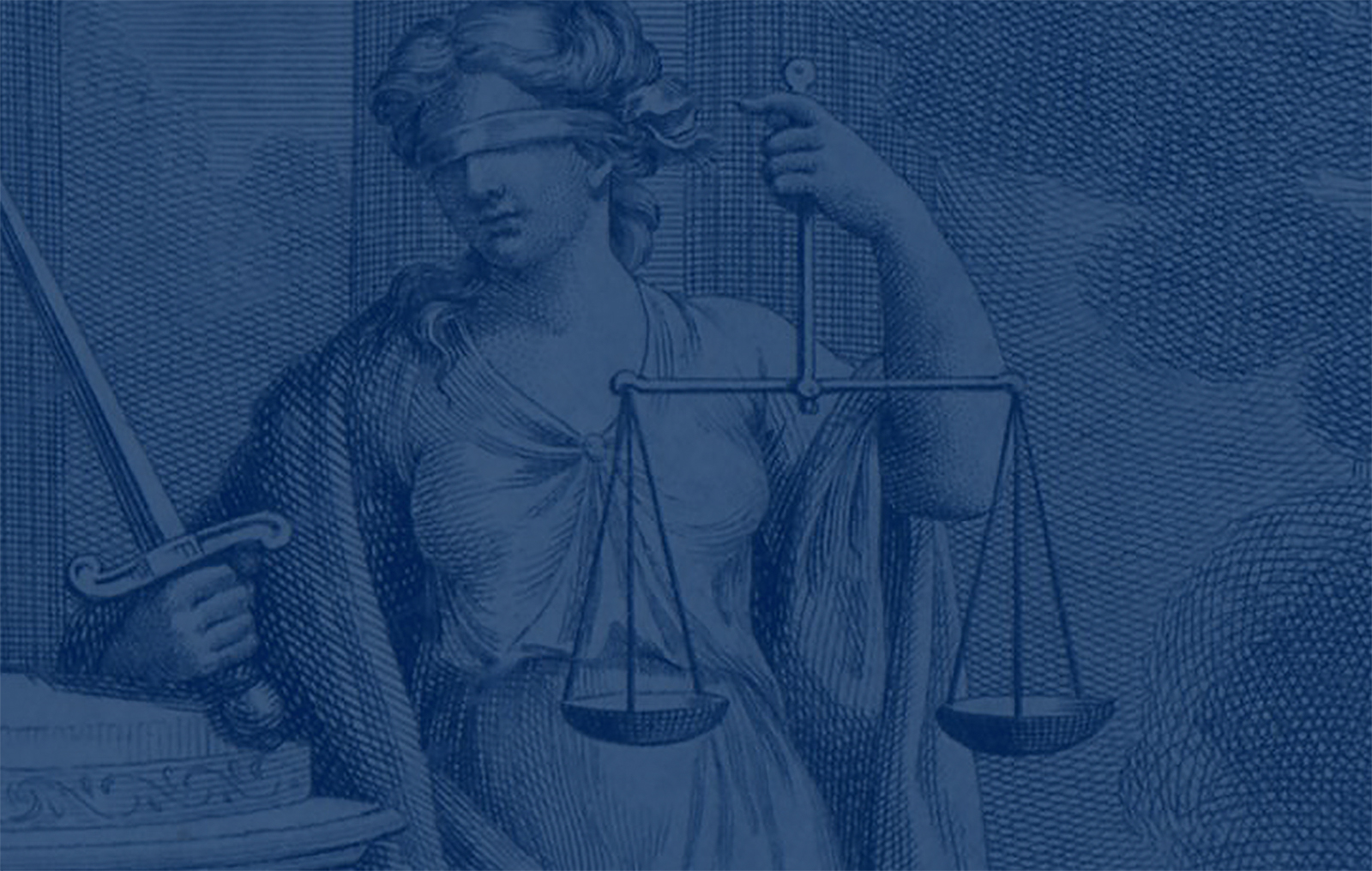Richard Rothstein’s book The Color of Law, this semester’s LawReads title, describes the causes and long-lasting socio-economic effects of racially restrictive covenants in housing deeds. Some online projects are digitizing and creating databases of restrictive covenants, and developing maps showing the affected areas. These visuals bring Rothstein’s book to life. The two largest projects are in Seattle, Washington and Minnesota. In the Seattle Civil Rights & Labor History Project, researchers and students at the University of Washington along with local archivists have identified and mapped thousands of restrictive covenants. In Minnesota, Mapping Prejudice built a beautiful time-lapse map showing the growth of restrictive covenants from 1910-1955. A quick Google search brings up similar projects for Chicago and Washington D.C., as well as in Spokane, Washington, Hartford, Connecticut and Portland, Oregon, some led by local historians. A related project, Mapping Inequality, created by the University of Richmond’s Digital Scholarship Lab, provides online access to city maps produced by the U.S. government’s Home Owners’ Loan Corporation (HOLC) during 1935-1940. The HOLC maps show neighborhoods’ credit worthiness as determined by real estate agents, lenders, and developers at that time.
These projects not only show affected locations, but show the different types of restrictive language used in the deeds. Many deeds limit property ownership and habitation to “[n]o person of any race other than those of the Caucasian of white race.” Other deeds are more specific in the races who are not permitted, e.g. “No person or persons of Asiatic, African or Negro blood, lineage, or extraction shall be permitted to occupy a portion of said property.” According to the Seattle Civil Rights & Labor History Project, other terms used to exclude are “Malays” referring to people from the Philippines, “Ethiopians” referring to people of African Descent, and “Hebrews,” meaning Jews. One town on Long Island was more restrictive still, requiring owners and occupants to be “of German extraction,” a restriction which engendered a lawsuit as recently as 2015.
The existence of these covenants brings up the important and sensitive question of what to do about them. The covenants can be removed, but it can be a difficult and expensive process. Oregon passed a law making the process easier. Most homeowners are probably not even aware of the covenants’ existence in their chain of title, but for those who are aware, that knowledge can bring discomfort and anger. In a story entitled “Hidden in Old Home Deeds, a Segregationist Past,” NPR reported how African-American writer Mary C. Curtis purchased a home in the previously whites-only neighborhood of Myers Park in Charlotte, North Carolina. Curtis stated, “I’m going to live where I want to and where the school was great. But that’s just the way it is, and I think people should know that history—and it’s not that long ago.” But others fear that the very same covenant in Myers Park can even have a chilling effect on future racial integration. Last year, the state of Washington passed HB2514 which provides an alternative option to a judicial procedure: homeowners can submit a modification for recording that declares the prior restrictive covenant “void and unenforceable under law.” I like this solution. It is simple and sends a clear signal without whitewashing (or white-outing) the historical record.
Racially restrictive covenants existed in Utah, but I’m not aware of any projects to track them.
Additional books on restrictive covenants:
- Saving the Neighborhood: Racially Restrictive Covenants, Law, and Social Norms by Richard Rexford Wayne Brooks (2013)
- Unjust Deeds: The Restrictive Covenant Cases and the Making of the Civil Rights Movement by Jeffrey D. Gonda (2015)
- Bourgeois Nightmares: Suburbia, 1870-1930 by Robert M. Fogelson (2005)
- Making Civil Rights Law: Thurgood Marshall and the Supreme Court, 1936-1961 by Mark V. Tushnet (1994)
- Working Toward Whiteness: How America’s Immigrants Became White: The Strange Journey From Ellis Island to the Suburbs by David R. Roediger (2005)

